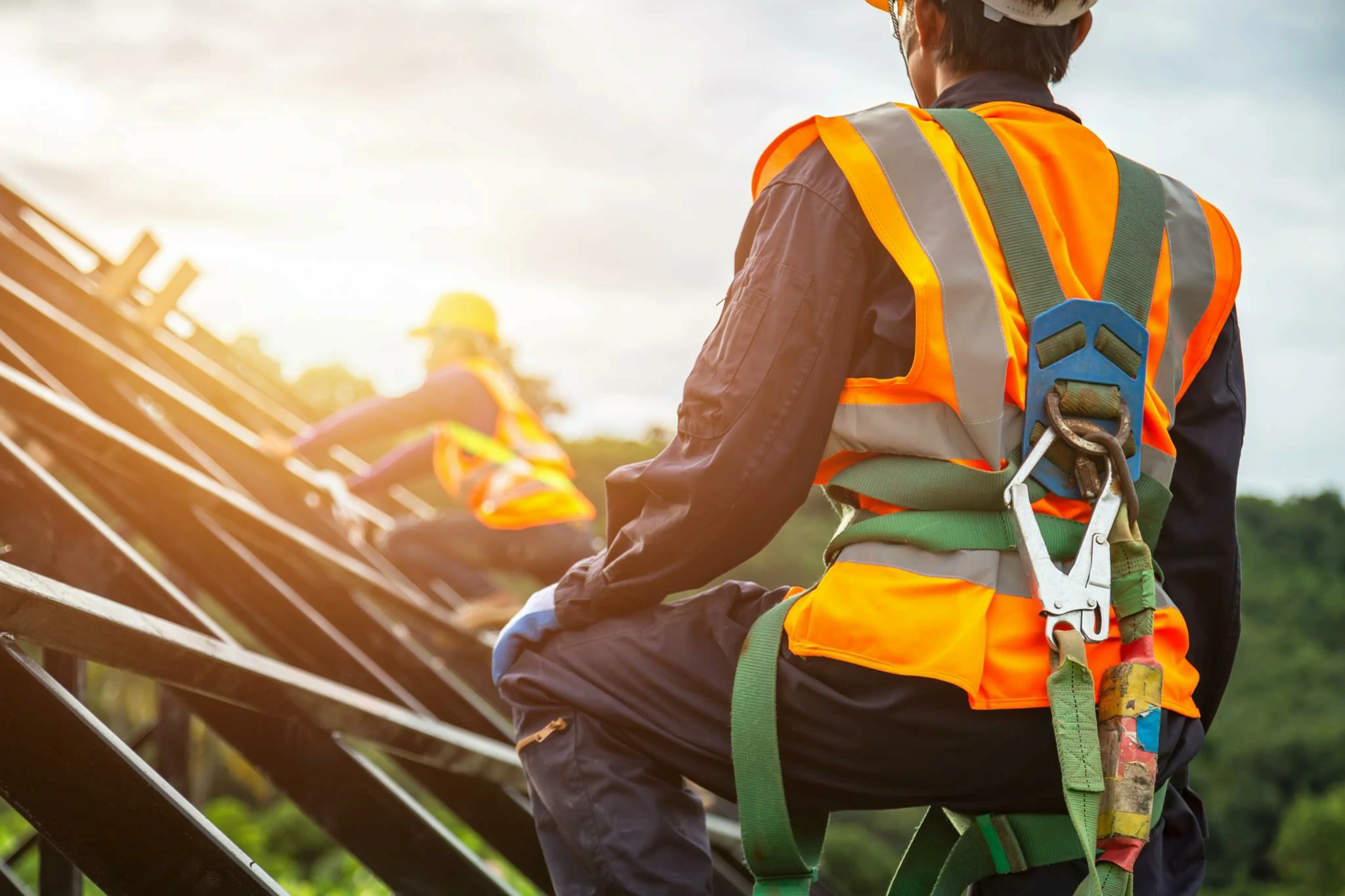Enhancing Working at Heights Safety Through Effective Communication Strategies
Working at heights is one of the most hazardous activities in various industries, including construction, maintenance, and warehousing. Effective communication among team members plays a pivotal role in ensuring safety and preventing accidents. In this blog post, we will explore how clear instructions, teamwork, and emergency signaling contribute to safer working conditions for those who operate at elevated levels.
The Importance of Communication in Working at Heights
When working at heights, even minor miscommunications can lead to severe accidents, including falls, injuries, and fatalities. Effective communication facilitates understanding among workers, enables them to respond quickly, and helps them adhere to safety protocols. Below are some key elements of communication that enhance working at heights safety:
1. Clear Verbal Instructions
- Clarity: Instructions should be simple, direct, and free of jargon. Use plain language to ensure everyone understands.
- Consistency: Reinforce safety protocols consistently across different teams to avoid discrepancies in communication.
- Feedback: Encourage team members to ask questions or seek clarification if instructions aren’t clear.
2. Non-Verbal Communication
- Hand Signals: Establish standardized hand signals for critical operations. This is essential in noisy environments where verbal communication may be ineffective.
- Body Language: Be aware of body language as it communicates confidence and understanding. Positive body language can foster a culture of safety.
Teamwork: A Cornerstone of Safety
Teamwork is fundamental in working at heights. When team members work together towards a common goal—safety—accidents can be minimized. Here are some benefits of effective teamwork:
- Shared Responsibility: Teamwork promotes a culture where every member feels responsible for each other’s safety.
- Problem Solving: Collaboration fosters innovative solutions and better decision-making in hazardous environments.
- Enhanced Training: Engaging in team-based training sessions increases understanding and decreases the chance of misunderstandings.
Emergency Signaling and Response Protocols
Even with proper planning and communication, emergencies can occur. Having a clear emergency signaling system is vital:
1. Importance of Emergency Signaling
- Preparedness: Establish emergency signals that every team member understands and can recognize. This ensures everyone acts quickly during an emergency.
- Clear Roles: Clearly define roles during emergencies to avoid confusion and ensure efficient responses.
2. Emergency Drills
- Regular Practice: Conduct regular drills to ensure all team members are familiar with emergency procedures and signaling.
- Review Outcomes: After drills, review performance and adjust protocols as necessary to improve efficiency and effectiveness.
Best Practices for Communication in Working at Heights
Implementing best practices in communication can significantly enhance safety during working at heights. Here are some strategies to consider:
- Pre-Task Briefings: Conduct a detailed briefing before starting any task to ensure everyone knows their responsibilities and safety measures.
- Use of Technology: Leverage tools such as walkie-talkies or safety apps to facilitate immediate communication among team members.
- Training Programs: Invest in Working at Heights Training to provide workers with the skills needed for effective communication and safety compliance.
Conclusion: Building a Culture of Safety
Effective communication enhances working at heights safety significantly. By prioritizing clear instructions, fostering teamwork, and establishing robust emergency signaling protocols, organizations can create a safer environment for workers. Investing in working at heights courses online, training, and regular practice is essential for reinforcing these practices.
If you’re looking to improve safety measures on your job site, consider enrolling in a Certified Working at Heights Training program. For inquiries, contact us at [email protected].



 349,500 Offered Certificates
349,500 Offered Certificates
 24/7 Online Training
24/7 Online Training
 Money Back Guarantee
Money Back Guarantee
 Fully Accredited Courses
Fully Accredited Courses
